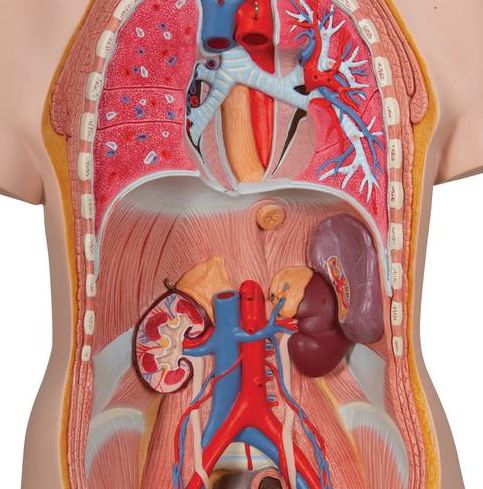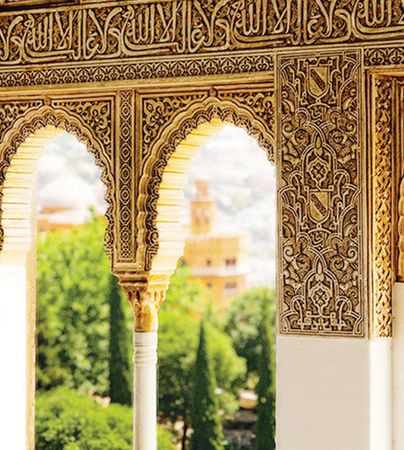قراءة لمدة 1 دقيقة Chữ Hán

Chữ Hán, meaning 'Han characters' in Vietnamese, refers to Chinese characters used in Vietnam.
They were employed for writing Literary Chinese (Hán văn) and Sino-Vietnamese words in the Vietnamese language.
Vietnam started using Chữ Hán during the Han dynasty's rule over the Red River Delta region, persisting until the early 20th century (111 BC – 1919 AD).
However, as Literary Chinese lost its prominence with the end of Confucian court examinations, Chữ Hán gradually faded from use.
Other names.
In Vietnamese, Chinese characters are commonly called chữ Hán, but there are other terms like chữ Nho ("Confucian characters") or Hán tự (漢字).
Classical Chinese is referred to as Hán văn, while Văn ngôn is used for Literary Chinese.
Usage today.
Nowadays, Chinese characters are mostly found in temples and old buildings in Vietnam.
Chữ Hán is no longer widely used and is associated with cultural traditions.
During Vietnamese festivals, calligraphers, known as ông đồ, write couplets in Chinese characters to convey wishes for prosperity and longevity.
This cultural practice is reflected in the poem "Ông đồ" by Vũ Đình Liên, which laments the declining appreciation for Vietnamese calligraphy during Tết.













































